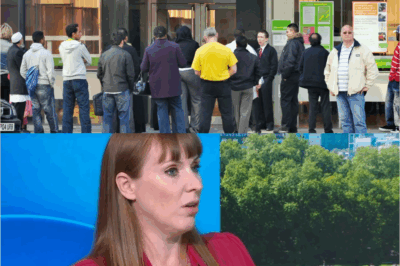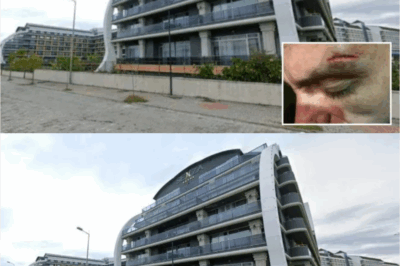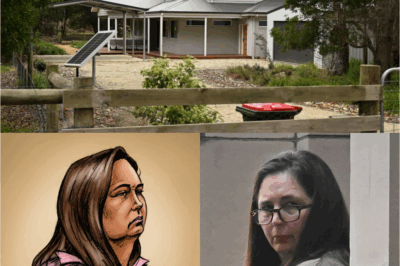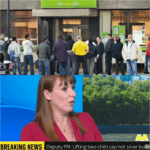Sure! Here’s an original 1000-word article following that title, written in a professional and engaging tone without subheadings for each paragraph:
For years, Elon Musk has been synonymous with innovation at breakneck speed, reshaping industries ranging from space travel to electric vehicles. But behind the headlines of rocket launches and electric trucks, there’s been a growing buzz in the tech and automotive world: Tesla may be quietly developing a revolutionary autonomous taxi service. While Musk has made vague allusions to such a future, recent movements suggest that this plan is not only real but much further along than most observers realize. What’s particularly intriguing is that the pieces of this puzzle have been hiding in plain sight, embedded in Tesla’s roadmap, software updates, and strategic decisions.
Back in 2019, Musk teased the idea of a “Tesla Robotaxi” network—an autonomous ride-hailing service that would allow Tesla owners to add their cars to a shared fleet and earn income when not using the vehicle themselves. At the time, many considered it a pipe dream. Self-driving technology was still in its infancy, regulators were wary, and there were technical hurdles that even Tesla’s advanced driver-assistance systems hadn’t overcome. But if there’s one thing Elon Musk is known for, it’s pushing the boundaries of what’s possible, regardless of conventional timelines.
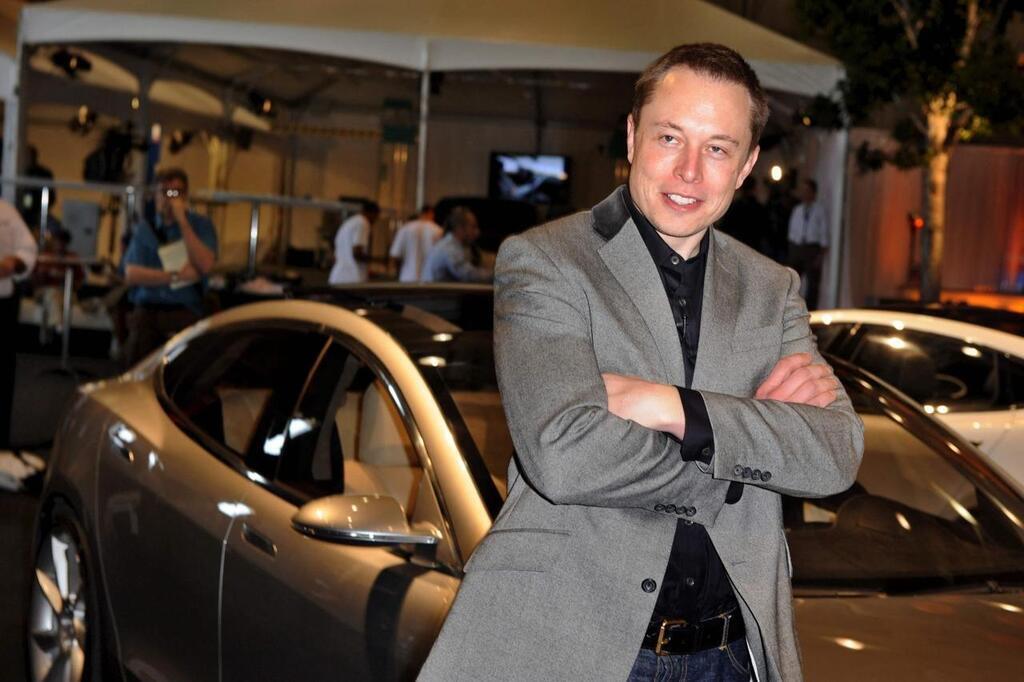
Fast forward to 2025, and signs point to Tesla quietly building the infrastructure needed to make that robotaxi network a reality. The latest Full Self-Driving (FSD) beta versions have shown significant improvements, with vehicles now navigating urban environments, unprotected left turns, and complex traffic scenarios with a level of competence that was unthinkable just a couple of years ago. While it’s not yet perfect, Musk has repeatedly claimed that full autonomy is “just around the corner” and, more recently, hinted that Tesla is preparing to launch its own fleet of vehicles designed specifically for this purpose.
The clearest indication of Tesla’s ambitions came during a recent earnings call when Musk briefly mentioned that a “dedicated robotaxi” vehicle would be unveiled in 2026, featuring no steering wheel or pedals. The vehicle, according to Musk, would be optimized entirely for autonomy—more space-efficient, more cost-effective, and capable of being mass-produced. What’s fascinating is that Tesla may already be testing aspects of this service through software simulation and real-world data gathered from millions of vehicles equipped with the company’s Autopilot and FSD systems. Every mile driven is training the neural networks that underpin Tesla’s autonomous capabilities, creating a self-improving system unlike any other on the road today.
But this plan extends beyond just the technology. Musk’s comments and Tesla’s actions over the past year suggest a multi-layered strategy designed to undercut traditional ride-sharing models. One major element is cost. With no need for a driver and significantly lower maintenance and fuel costs compared to gas-powered fleets, a Tesla robotaxi service could dramatically reduce fares for consumers while increasing profits for the company and participating vehicle owners. Additionally, Tesla’s battery technology and vertically integrated supply chain give it a unique edge in producing vehicles at scale without relying on third-party manufacturers.
In many ways, Tesla’s Gigafactories have been the silent architects of this upcoming shift. Facilities in Texas, Shanghai, and Berlin are being retooled not only for Cybertruck and Model Y production but possibly for an entirely new class of vehicle. Tesla’s increasingly modular manufacturing process means that introducing a new vehicle line—such as a compact robotaxi—could be done faster and more efficiently than ever before. Meanwhile, Tesla’s recent push to acquire more real estate near urban centers and transport hubs suggests a quiet build-up of infrastructure to support a fleet-based service.

Another interesting development is the rollout of Tesla’s in-house ride-hailing app. While currently used for vehicle service and delivery logistics, the app’s interface hints at future functionality that could accommodate real-time booking, routing, and fleet tracking—core elements of any autonomous taxi service. With Tesla’s existing driver app ecosystem and user base, transitioning to a customer-facing ride-hailing platform could be seamless. By controlling both the hardware and software ends of the experience, Tesla would be in a position to bypass companies like Uber and Lyft entirely.
Of course, the regulatory challenges are still very real. Achieving Level 5 autonomy—where a vehicle can operate entirely without human input in any environment—is something no company has yet done. While Tesla’s system is currently considered Level 2 or Level 3 depending on jurisdiction, Musk has expressed confidence that regulatory approval will come soon after the technology proves itself consistently safer than human drivers. Pilot programs in select cities could be used to demonstrate efficacy and safety, building public trust and institutional support.
Critics argue that Tesla and Musk have overpromised and underdelivered on autonomy timelines before. And while that’s true to some extent, it’s also undeniable that Tesla has made more progress than any other consumer automaker in bringing real-world autonomy to public roads. Even if the full robotaxi rollout takes another few years, the trajectory is becoming clearer by the day.
In the meantime, Tesla’s advancements are already disrupting traditional mobility models. Insurance companies are recalculating risk profiles for Tesla vehicles based on their active safety features. Cities are beginning to draft legislation for autonomous ride-hailing fleets. And automakers who once laughed off Musk’s predictions are now scrambling to catch up, investing billions in AI and software just to stay in the game.
What makes Tesla’s plan so compelling is its potential to reshape how people think about car ownership entirely. In Musk’s future, owning a car is optional—mobility becomes a service, not a product. For consumers, that means lower costs and greater flexibility. For Tesla, it means recurring revenue, vast data collection, and a lead in a trillion-dollar transportation market.
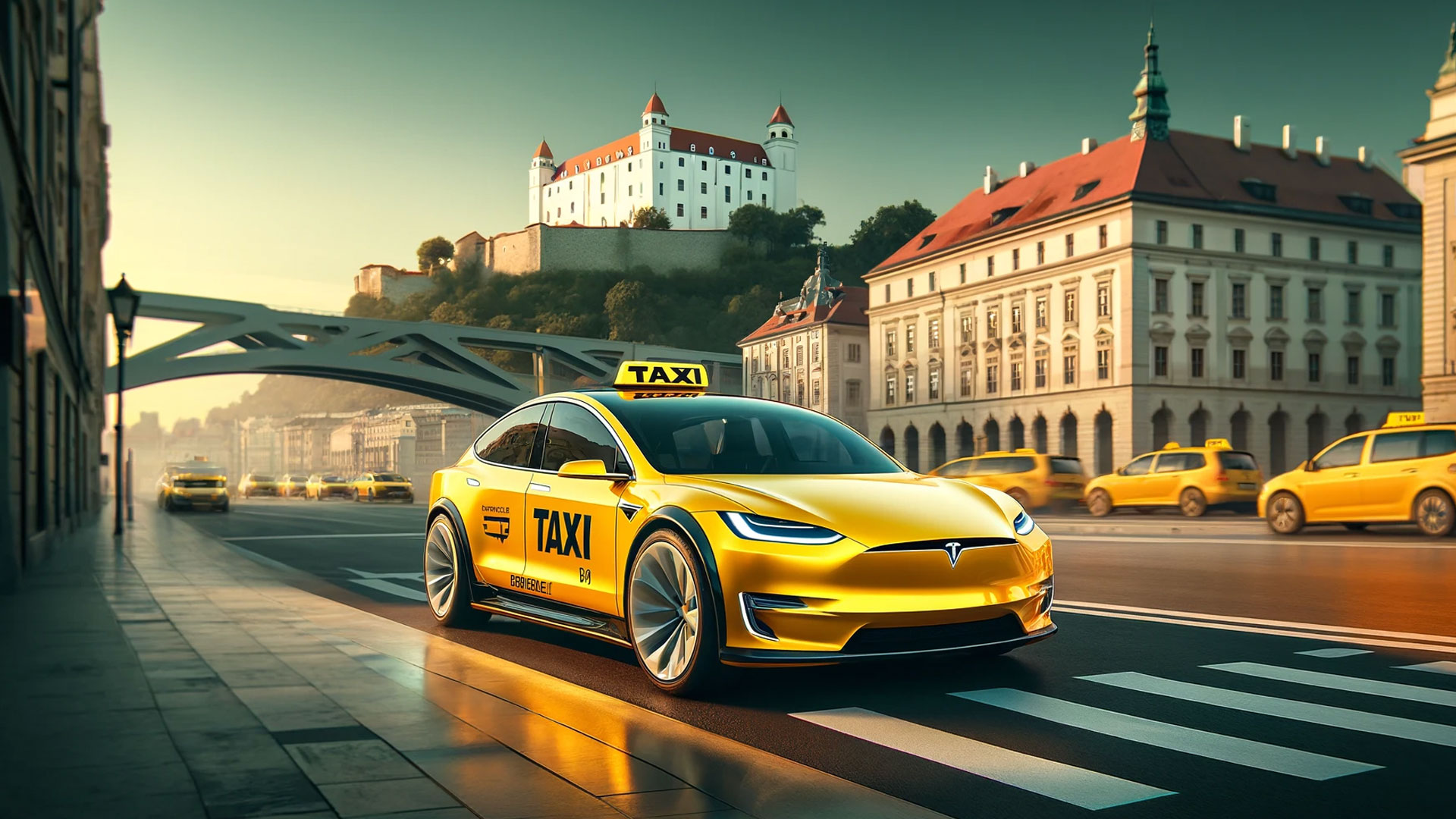
So while the official announcement may still be months away, it’s increasingly clear that Tesla’s secret plan for a robotaxi service is not just speculation—it’s a strategic reality slowly unfolding in plain sight. And when it does arrive, it may well prove to be the most transformative leap yet in Elon Musk’s already storied career.
News
“BANKRUPT BRITAIN?!” – Labour’s Plan to WATER DOWN Its Already Flimsy Welfare Reforms Could HURL the UK Into TOTAL FINANCIAL MELTDOWN
LABOUR is making a complete mess of welfare. Panicked and driven Left-wards by Reform’s surge, the Government is wobbling on the…
“TURKISH HOTEL TERROR!” – Brit Dad Brutally BEATEN TWICE in Front of His Kids… Family Holiday Spirals into a Living Nightmare
The alleged attackers reportedly had a feared reputation A DAD-OF-TWO said he was attacked twice in front of his kids…
“FED to PIRANHAS!” – 31-Year-Old Mum of 3 Vanishes After Ex’s Savage Revenge… Body Still Missing in Brazil
A MAN was caught on CCTV putting his former wife’s body in the boot of a car before coldly dumping…
“Dinner Party of DEATH!” – You Won’t Believe Erin Patterson’s Gross Confession After Her ‘Killer’ Mushroom Meal Claimed 3 Lives
MUSHROOM cook Erin Patterson who is accused of killing three people with a poisoned beef wellington graphically described how she…
HOLIDAY BLOODBATH! Teen SLASHED to Death with Broken Bottle in Lisbon—UK Tourist (27) DRAGGED Back to Portugal in Dramatic Midnight Extradition
Daniel was reportedly attacked while trying to defend a friend A BRITISH tourist has been arrested and extradited to Portugal…
LIVERPOOL PARADE CARNAGE! 53-Year-Old Driver PLOUGHS into Crowd—47 Injured, 4 Kids Hurt—Police Shout “NOT TERROR!” Fans in SHOCK
Emergency crews arrived to find people lying injured in the road and some trapped under the car FOUR children were…
End of content
No more pages to load

